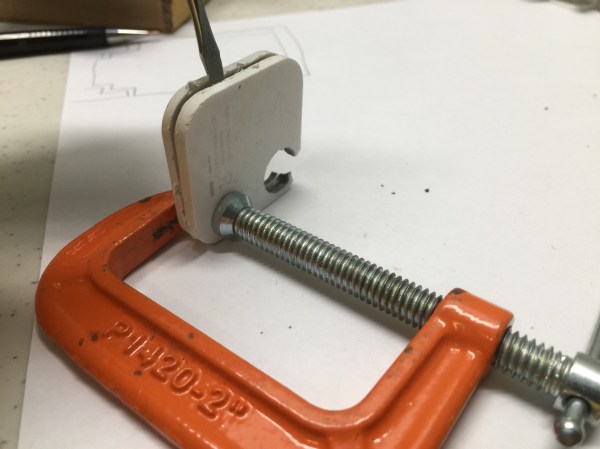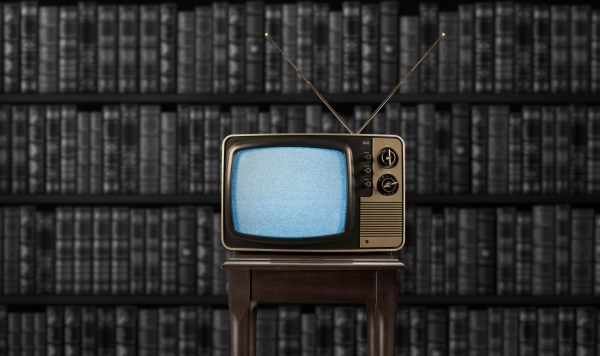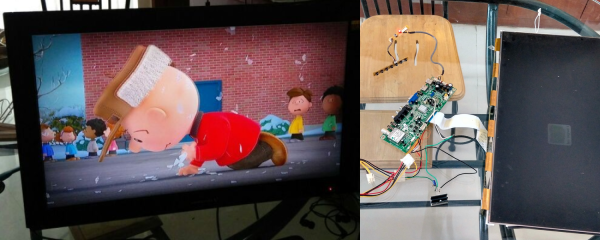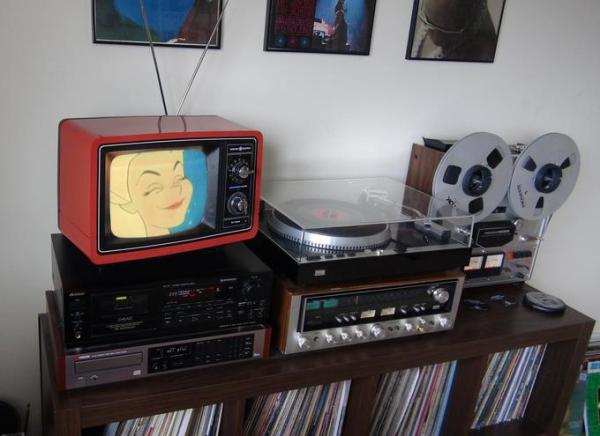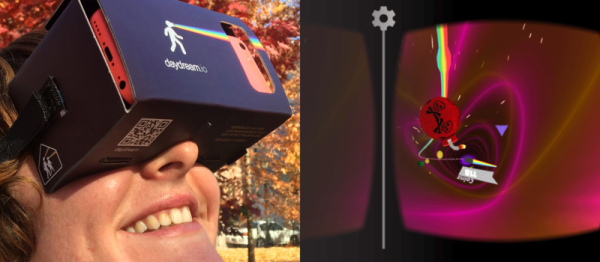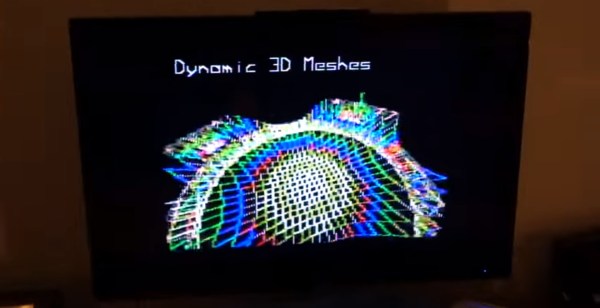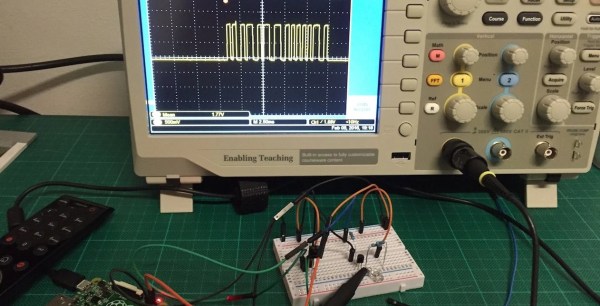In days gone by, when TVs had CRTs and still came in wooden cabinets, a dead TV in a dumpster was a common sight. Consumer grade electronic devices of the 1960s and ’70s were not entirely reliable, and the inside of a domestic TV set was not the place for them to be put under least stress. If you were electronic-savvy you could either harvest these sets as a source of free components, or with relative ease fix them for a free TV set.
With today’s LCDs, integrated electronics, and electronic waste regulations, the days of free electronics in every dumpster are largely behind us. Modern TVs are more reliable, and when they reach end-of-life we’re less likely to see them.
[Sidsingh] happened to find an LCD TV in a dumpster, and being curious as to whether he could fix it or salvage some components, cracked it open to take a look.
He found that somebody had already been into the set and that some components on the PSU and backlight boards showed evidence of magic smoke escaping, having been desoldered by the previous repairer. The signal board was intact though, a generic Chinese model based around a Mediatek MTK8227 SoC. Information was scarce on these boards, but some patient research yielded a schematic for a similar set.
Once he knew more about the circuit, he was able to identify the power lines and discovered that the 1.8v line to the SoC was faulty. This he traced to a switching regulator for which there was no equivalent in his junkbox, so he substituted a linear regulator to obtain the required voltage. The CFL backlight was then removed and replaced with LED strips, and as if by magic he had a working TV set.
This might seem a relatively mundane achievement on the scale of some of the projects we feature on these pages, but it is an important one. In these days of throwaway items it is still not impossible to repair dead electronic devices, indeed as [Sidsingh] found the power supply is most likely to be the culprit. If you score a dead LCD TV then don’t be afraid to crack it open yourself, you may be able to fix it.
As you might imagine, many repairs have made it onto Hackaday over the years. Of relevance to this one is this LCD that inexplicably worked when exposed to light, an LED backlight conversion, and this capacitor swap to return an LCD monitor to health.

